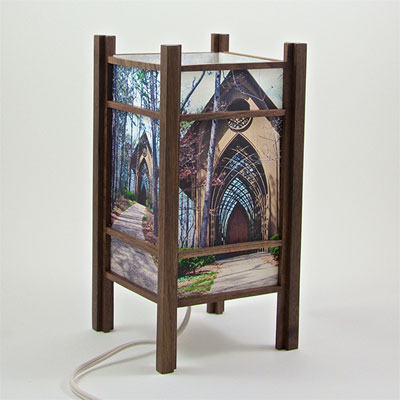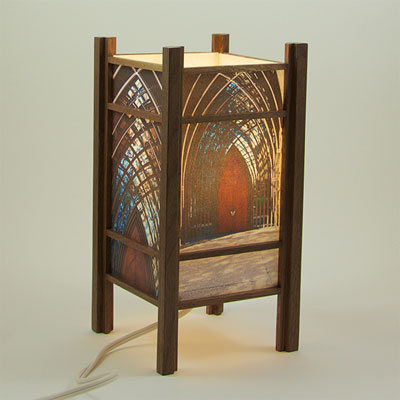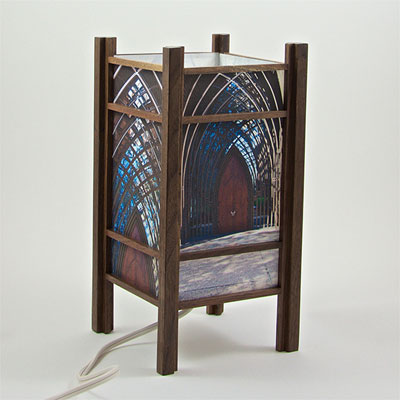
|

|

|

|
Having been a painter for many, many years and a stained glass artist in the 80s, I came to a very early appreciation of the importance of light in the creation of art. Having lived in the San Francisco Bay Area for almost 25 years, and in Seattle for another 20, it became clear to me how different the light is in those two places, and how it affected my work, both positively and negatively. Many famous artists, such as Matisse, loved light and especially Mediterranean light.
Matisse authority Pierre Schneider of Paris explains, "Matisse did not travel to see places, but to see light, to restore through a change of its quality, the freshness it had lost." Matisse himself is quoted as saying "A picture must possess a real power to generate light and for a long time now I've been conscious of expressing myself through light or rather in light."
A few years ago, while working on a hand-made Japanese style book, I held up a piece of printed Japanese paper that I was planning to use for the cover, and as the sun shone through the paper, I suddenly saw another depth, a layer of information in the paper that I hadn't seen before. I made the connection between this and my previous stained glass work and it came to me that what I needed to do next was to design a lamp that would shine light onto paper to reveal those hidden depths.
For the past few years I have been perfecting my woodworking and the lamp style, inspired by my love of Japanese art and design, and the "shade" which the light would shine through. At first I was using a pre-print Japanese paper, much like the one that lead me to this, called Chiyogami paper. It has been produced in Japan for centuries from multiple plates with many of the designs originating from textile designs. My next series used my own Abstract Expressionist style sumi and watercolor paintings on a hand-made Japanese paper. Finally, as I perfected the wooden frames, which are made of locally-sourced cherry or walnut, I came to realize that the best "shade" for these would come from my own photos. I print these on the same Japanese paper used for the hand-painted series, but printing them on an inkjet printer using archival inks.
Lamp Assembly
The base of each lamp is walnut or cherry, made up of 1/2" and 1/4" square "dowels."
Height: approx. 12" Width: approx. 6" per side.
Lighting is a 25 watt equivalent LED bulb rated for 50,000 hours.
I have often thought of "woodworking" as something done by professionally trained artisans, the people who can create everything from exquisite, detailed furniture to cabinetry and turned objects. I've always appreciated working with wood, but in the past, for me, it was always just part of home remodeling, building fences and gates, creating frames for my artwork, etc., that is, nothing that I would consider "real" woodworking. But just recently I showed my lamps to someone who I would consider a professional woodworker, and introduced it with "I'm an artist, not a woodworker," as I didn't feel that I had enough expertise to claim that title. His reply was, "You're definitely an artist as well as a woodworker." So, although I'm still learning, and hopefully, will always continue to do so, I feel like I've join the ranks and can legitimately call myself a woodworker.
Below are several examples of my lamps. Each lamp has 4 different sides to it, so each photo is of 2 of the sides with the light both on and off.
Cinque Terra
Fayetteville
Florence
Monterey Bay Aquarium
Pune
Gary can be reached directly via email at
bastokyg@bastoky.com
. You can also view his website at
http://bastokydesign.com/
.
Return to the
Wood News Online
front page
|